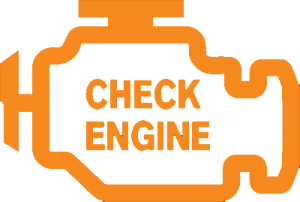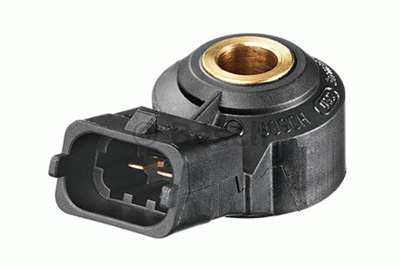What’s a Knock Sensor and Why Does it Matter?
If you’ve ever wondered what’s making that weird tapping noise from under your bonnet on the way up Avalon Drive or out in Chartwell, it could be your knock sensor having a bit of a moment. Nearly every petrol engine on NZ roads – from a Suzuki Swift in Rototuna to a Honda CR-V that’s done the run from Cambridge to Hamilton a few too many times – relies on a little gadget called a knock sensor. Sounds fancy, but think of it like your engine’s own ears. It listens out for those not-right sounds that happen when the fuel explodes at the wrong time (that’s called knocking or pre-ignition) and lets your car’s computer know so it can sort it out. Keeps your motor running sweet, and stops long-term damage.
A knock sensor hides out on your engine, usually on the intake manifold or cylinder head. Nothing flash to look at, but essential. You’d be surprised how many times we’ve seen a Toyota Mark X or even the odd Hyundai Tucson roll into the shop with rough running, all because of a $60 sensor that’s packed a sad. It doesn’t care if you’re crawling up the Hillcrest roundabout or stuck in Fitzroy at school pick-up – when it’s not happy, you’ll know about it soon enough.
How Bad Is It If the Knock Sensor Fails?
Here’s the honest truth – if your knock sensor’s on the fritz, ignoring it isn’t worth the hassle. On stop-start runs across Hamilton, especially during those damp, foggy mornings or long, dry afternoon drives down Morrinsville Road, any extra stress on the engine can do harm. A bung knock sensor can mean rough running, sluggish performance, or that the engine’s running too rough for its own good. If you let it go too long, it can wreck pistons or bearings. You might notice your Mazda Atenza feels down on power, or your European Peugeot’s burning more fuel. Get it checked before it gets ugly and you’re out of pocket for a lot more than a simple fix.
How We Diagnose Knock Sensor Issues
When a customer books in because the Check Engine light’s on or there’s that tell-tale lack of oomph heading through Te Rapa, we’ll usually start with a quick scan tool check. Fault code P0325 pops up? That’s the classic knock sensor code. Could be a busted sensor, broken wiring, or sometimes just a loose connection from all those speed bumps and potholes from Glenview to Frankton. If you want to read more about what this code means, here’s a good rundown: Learn more on the fault code.
Common Signs Your Knock Sensor’s Given Up

Usual symptoms we see from Hamilton to Ngaruawahia:
- Check Engine light: Icon pops up, usually after the sensor spots dodgy vibrations.
- Knocking or pinging noises: Sometimes you can actually hear it, especially around the engine. Not good at all.
- Car feels rough to drive: Heard of customers with everything from a Nissan Dualis to a VW Passat say it just doesn’t drive right, especially when you boot it onto SH1 or crawl through city traffic.
- No power: Car gets sluggish, like it’s protecting itself. Common in hybrids and standard petrols alike. Have a look at more info here: lose a lot of power.
- Bad fuel economy: Car’s getting thirstier than normal. Again, all the extra stop-start driving in Hamilton just makes it worse.
Need a Knock Sensor Replacement in Hamilton?
If you reckon your knock sensor is on the way out or the engine’s just not running right, bring it in. Our team at Grimmer Motors has sorted knock sensor problems on everything from older Subaru Legacies to late-model Kia Carnivals. We’ll get it diagnosed fast, swap it out if needed, and make sure you’re good as gold. We take care of the electrics as well, so you’re not mucking about with reoccurring check engine lights every few weeks.
For quick, honest diagnostics or knock sensor replacements in Hamilton – or anywhere nearby like Cambridge or Raglan – give us a bell. We know your local roads and what Kiwi cars go through, so you can trust us to get it sorted first time.

